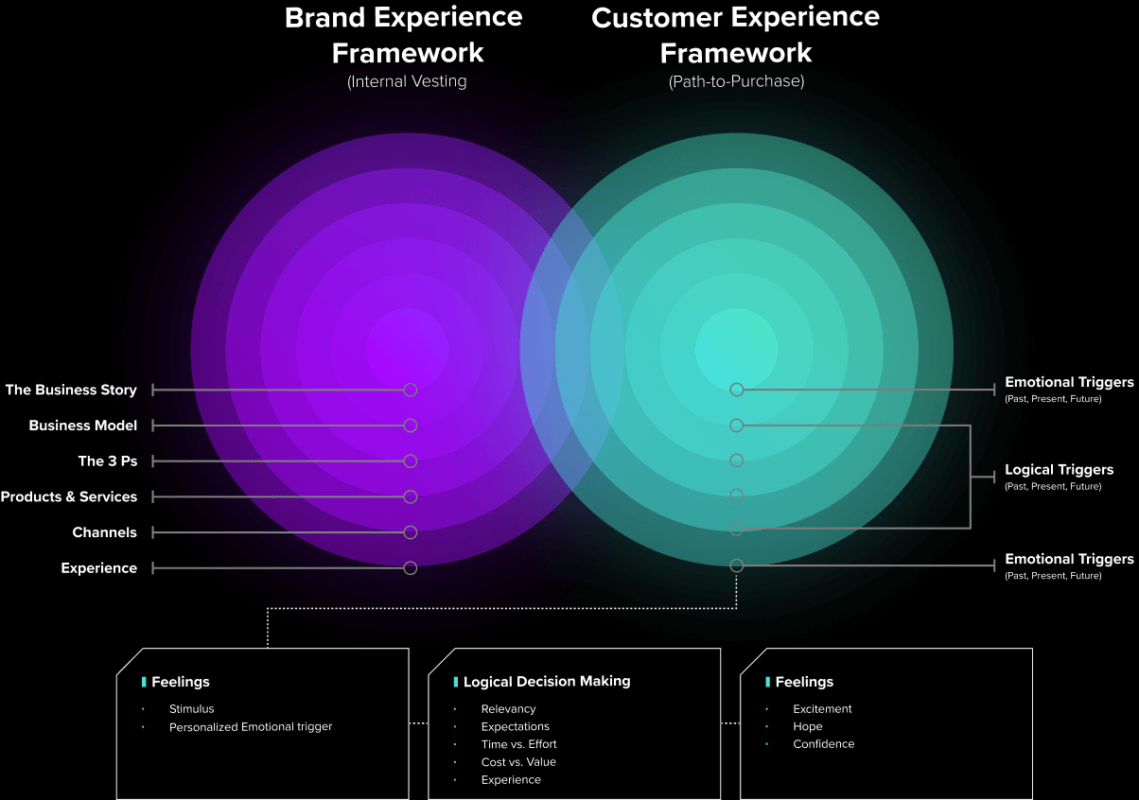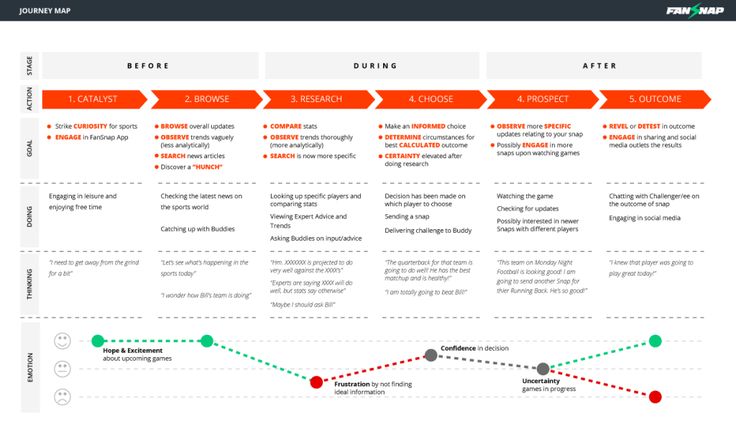Aligning Employee and Customer Experiences for Transformative Growth
In an era where businesses grapple with rapid technological shifts and evolving consumer expectations, aligning internal operations with external experiences is no longer optional—it’s imperative.
Enter StoryVesting™, a business transformation framework developed by RocketSource that bridges the gap between employee engagement and customer loyalty. By harmonizing these two pillars, organizations can unlock sustainable growth, even in volatile markets.
Rooted in behavioral economics and organizational psychology, StoryVesting moves beyond traditional linear models, embracing the fluidity of human decision-making. This article dives deep into its framework, applications, and real-world relevance, supported by actionable insights and authoritative references.
The StoryVesting Framework Explained
At its core, StoryVesting revolves around two concentric circles: Employee Experience (EX) and Customer Experience (CX). These layers interact dynamically, creating ripple effects that influence organizational outcomes.
1. Employee Experience (EX): The Inner Circle
Employees are the heartbeat of any organization. StoryVesting emphasizes aligning their motivations with the company’s “why” (core purpose). Key components include:
- The 3 P’s: People, processes, and platforms.
- Loyalty Cultivation: Ensuring employees feel vested in the company’s mission.
- Cognitive Alignment: Using data-driven insights to refine workflows and decision-making.
Research by Gallup shows that companies with highly engaged teams exhibit 21% higher profitability, underscoring the EX-CX connection.
2. Customer Experience (CX): The Outer Circle
Customers make decisions based on emotional triggers and logical validations. StoryVesting maps this journey through:
- Emotional Resonance: Tapping into subconscious desires (e.g., status, security).
- Logical Validation: Delivering tangible value (e.g., ROI, usability).
- Post-Purchase Reconciliation: Merging emotional and logical outcomes into a cohesive experience.
A study by PwC reveals that 73% of consumers cite experience as a critical factor in purchasing decisions.
3. Horizontal Alignment: From “No Man’s Land” to “Brand Euphoria”
When EX and CX drift apart, businesses risk irrelevance. StoryVesting advocates for convergence, where:
- Brand Euphoria: The organization’s “why” aligns with the customer’s beliefs.
- Loyalty Loops: Employees and customers become advocates, driving organic growth.
The History of StoryVesting: Buckley Barlow’s Vision
Developed by RocketSource co-founder Buckley Barlow, StoryVesting emerged from a decade-long study of success determinants. Key findings include:
- 63% of success hinges on a solid business idea/vision.
- 58% depends on a compatible business model.
- 40% relies on people invested in the mission.
Barlow’s research, influenced by Daniel Kahneman’s Thinking, Fast and Slow, revealed that linear frameworks fail to capture human complexity. Instead, StoryVesting’s concentric circles reflect the interplay of logic and emotion.
Applications of StoryVesting Across Business Functions
1. Digital Transformation
StoryVesting guides organizations in adopting customer-centric technologies. For example:
- AI-Powered Personalization: Tools like Salesforce Einstein (https://www.salesforce.com/products/einstein/) analyze customer data to predict needs.
- Agile Processes: McKinsey highlights that agile companies outperform peers by 30% in CX metrics.
2. User Experience (UX) Design
Integrate behavioral economics principles, such as:
- Loss Aversion: Design interfaces that emphasize potential losses (e.g., “Don’t miss out!”).
- Fogg Behavior Model: Stanford’s BJ Fogg advocates for simplicity in triggering actions (https://behaviormodel.org/).
3. IT Modernization
Adopt platforms like Microsoft Teams (https://www.microsoft.com/en-us/microsoft-teams) to enhance cross-department collaboration, a pillar of StoryVesting’s 3 P’s.
4. Employee Satisfaction
Use tools like Officevibe (https://officevibe.com/) to measure engagement and align EX initiatives with CX goals.
Case Study: Hypothetical Implementation in Retail
Challenge: A retail chain struggles with declining foot traffic and high employee turnover.
Solution:
- EX Alignment: Redesign training programs to emphasize the company’s sustainability mission.
- CX Alignment: Launch a mobile app with personalized eco-friendly product recommendations.
Outcome: Employee retention improves by 25%, and customer satisfaction scores rise by 18% within six months.
Challenges in Adopting StoryVesting
- Siloed Teams: Break down barriers using collaborative tools like Asana (https://asana.com/).
- Data Silos: Implement unified platforms like Snowflake (https://www.snowflake.com/) for cross-functional insights.
The Future of Business Transformation
As AI and machine learning evolve, StoryVesting will integrate predictive analytics to anticipate employee and customer needs. Gartner predicts that by 2025, 80% of organizations will use AI to enhance EX and CX.
Conclusion
StoryVesting isn’t just a framework—it’s a mindset. By aligning your organization’s heartbeat (employees) with its lifeblood (customers), you can navigate disruption and achieve Brand Euphoria. Start small: Audit one EX-CX touchpoint, leverage data, and iterate.
For further reading, explore RocketSource’s StoryVesting Whitepaper and Harvard Business Review’s The Employee-Customer Profit Chain.


